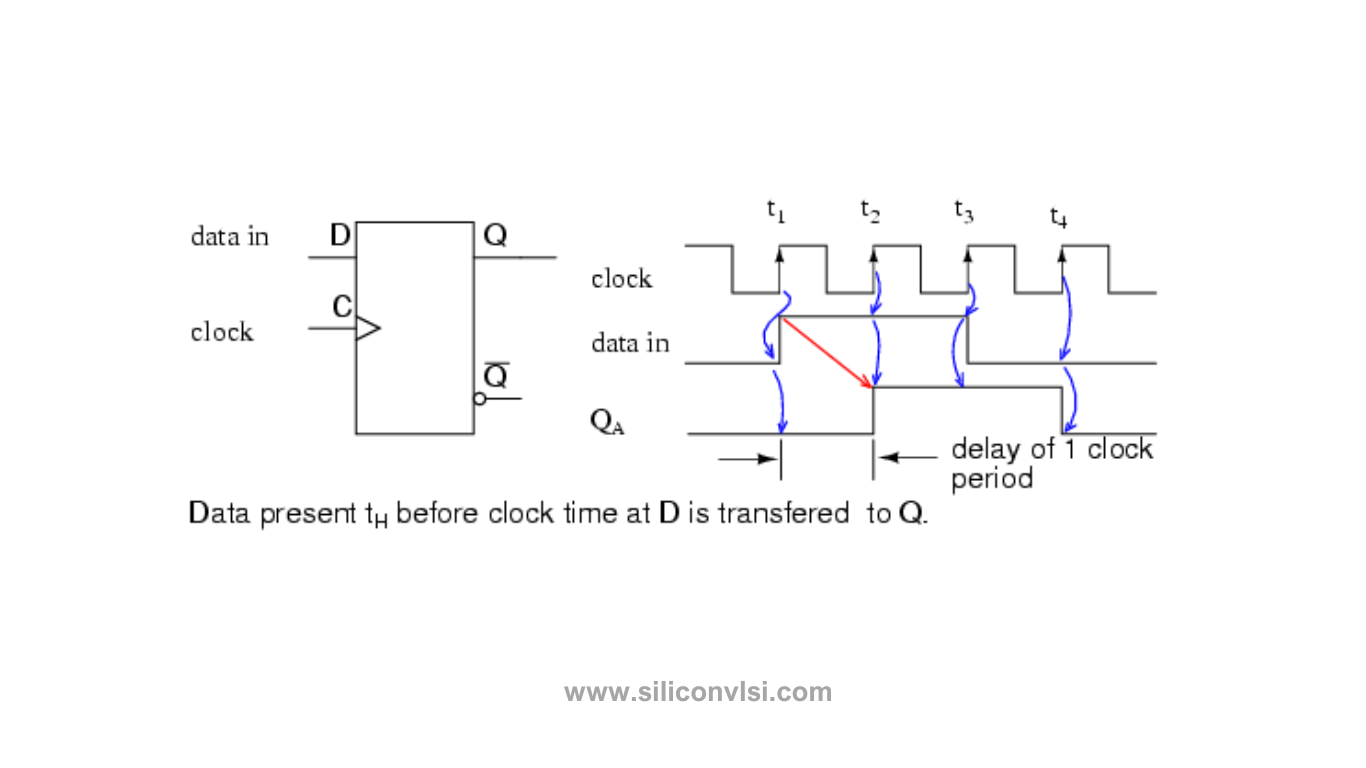Before diving into the flip-flop setup, let’s briefly discuss what flip-flops are. Flip-flops are sequential logic devices that store binary information and can be used to build memory elements, registers, counters, and more. They are composed of logic gates and possess one or more inputs and outputs.

Types of Flip-Flops: There are various types of flip-flops, including D flip-flops, JK flip-flops, T flip-flops, and SR flip-flops. Each type has its characteristics and applications. Understanding the differences between them is important when determining the appropriate setup.
A properly set up flip-flop ensures that the desired functionality of the circuit is achieved, and timing requirements are met. Improper setup can lead to unpredictable behavior, metastability issues, or even circuit failure. Therefore, paying attention to the setup process is vital.
Flip-Flop Setup Considerations: When setting up flip-flops, several factors need to be considered:
Determine the Flip-Flop Type: Based on the circuit requirements, choose the appropriate flip-flop type that suits your needs.
Identify the Required Inputs and Outputs: Understand the circuit’s input and output requirements to determine the necessary connections.
Analyze the Timing Constraints: Timing analysis is important to ensure that the flip-flop meets the system’s timing requirements.
Select the Clock Signal: The clock signal is fundamental in flip-flop operation. Choose the appropriate clock signal based on the circuit’s timing and synchronization needs.
Set Up the Input Signals: Configure the input signals correctly to provide the desired behavior and logical operation.
Verify the Flip-Flop Operation: After setting up the flip-flop, perform thorough testing and verification to ensure its correct functionality.
Sometimes, issues may arise during a flip-flop setup. Common problems include incorrect wiring, improper signal levels, or timing violations. To troubleshoot these issues effectively, it is essential to have a solid understanding of the flip-flop’s operation and the specific circuit requirements.
Best Practices for Flip-Flop Setup
To optimize flip-flop setup and enhance overall circuit performance, consider the following best practices:
Follow proper design guidelines and standards recommended by the manufacturer.
Pay attention to signal integrity and noise reduction techniques.
Minimize propagation delays by reducing unnecessary long signal paths.
Use appropriate bypass capacitors and decoupling techniques for noise filtering.
Implement proper clock distribution techniques to minimize skew and jitter.
Setting up flip-flops correctly is important for reliable digital circuit operation. By following the step-by-step process discussed in this article and considering the essential factors, you can ensure a proper flip-flop setup. Remember to analyze the circuit requirements, select the appropriate flip-flop type, and verify the operation through thorough testing. Following best practices will also contribute to the overall performance and functionality of your circuits.
FAQs
- What is the purpose of a flip-flop in digital circuits?
- Flip-flops are used to store binary information and enable sequential circuit functionality in digital systems.
- How does timing analysis impact flip-flop setup?
- Timing analysis ensures that the flip-flop meets the required timing constraints, preventing timing violations and potential circuit failures.
- Can I use any clock signal for the flip-flop operation?
- No, selecting the appropriate clock signal is important. Consider the circuit’s timing and synchronization needs when choosing a clock signal.
- What should I do if my flip-flop setup is not working correctly?
- Troubleshoot the setup by checking for wiring errors, signal level problems, or timing violations. Understanding the flip-flop’s operation and the circuit requirements will help in the troubleshooting process.
- Are there any guidelines for optimizing the flip-flop setup?
- Yes, following design guidelines, paying attention to signal integrity, minimizing propagation delays, using appropriate bypass capacitors, and implementing proper clock distribution techniques are some best practices for optimizing flip-flop setup.